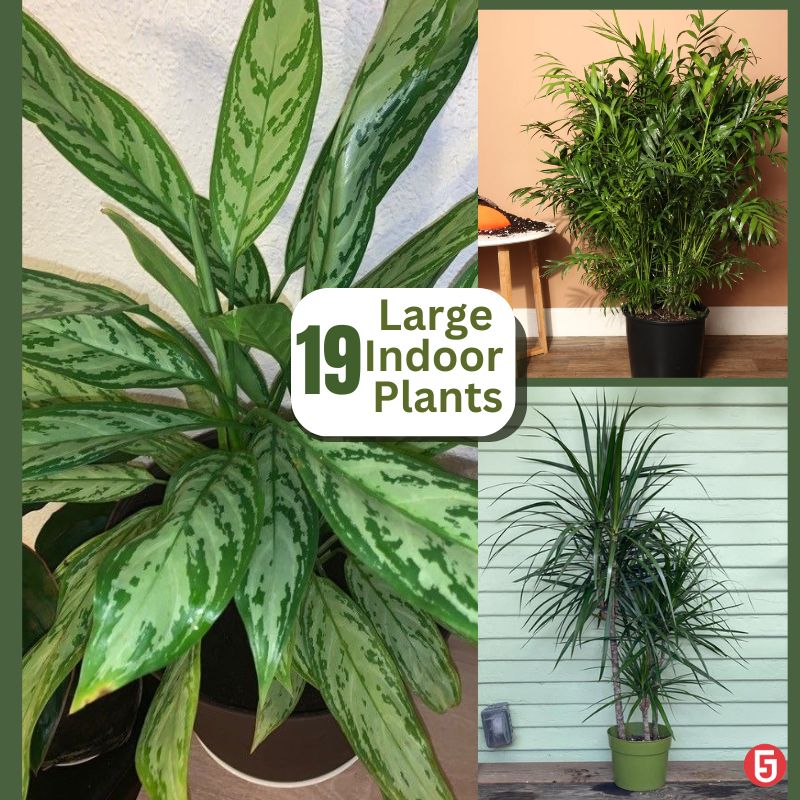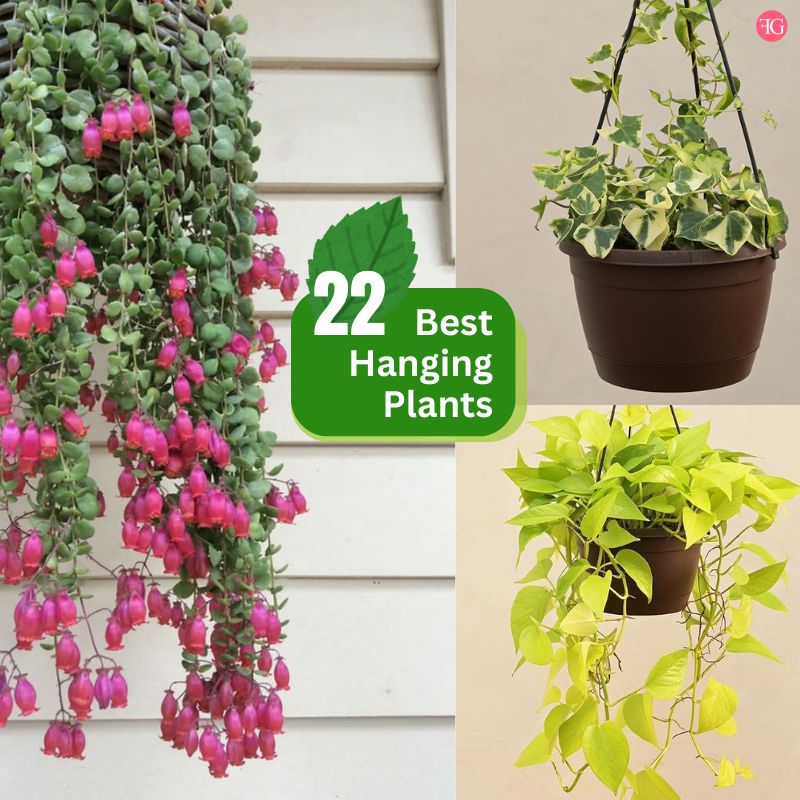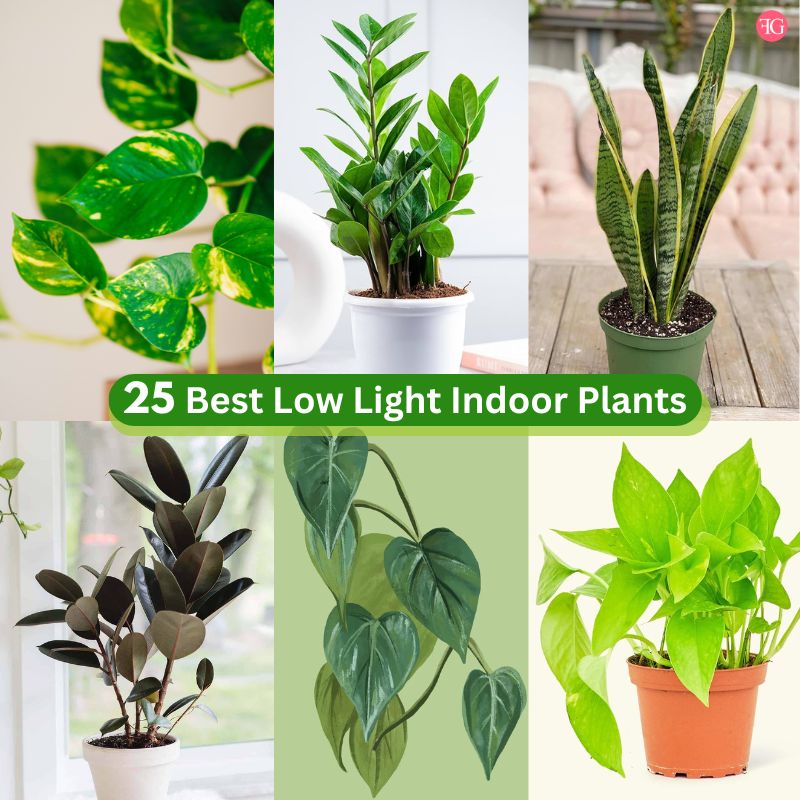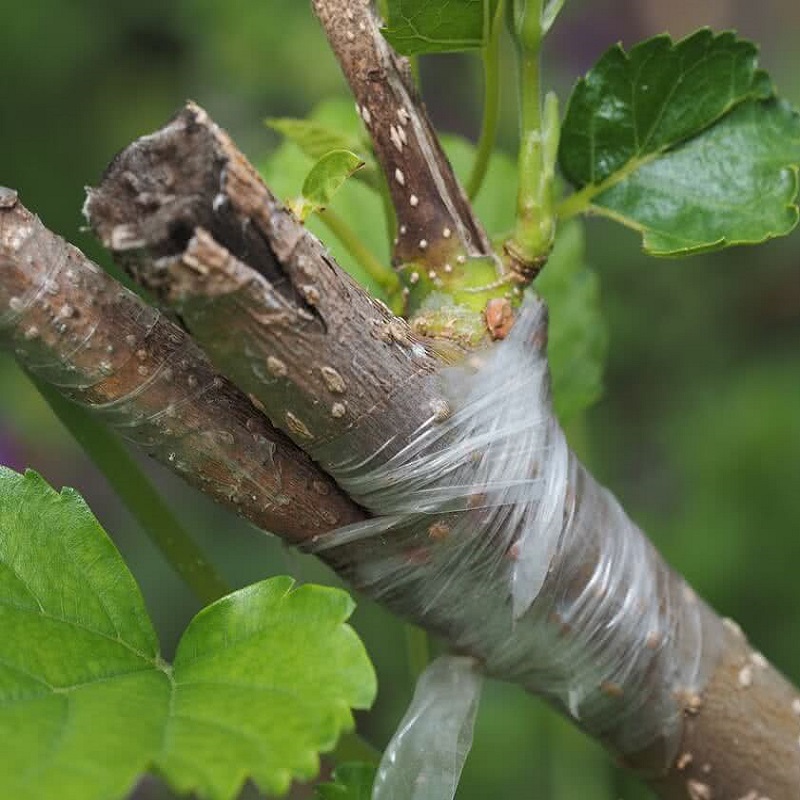Enhance your living spaces with indoor plants that add beauty, improve air quality, and create a tranquil atmosphere.
Plants have become an essential element in modern interior design, offering a unique way to connect with nature while enhancing the aesthetics of your home. Whether you’re decorating a cozy apartment or a spacious house, incorporating plants into your decor adds a touch of greenery that can transform any space.
Indoor plants are not just about visual appeal—they bring numerous benefits to your living environment. From purifying the air to reducing stress and boosting your mood, plants are a simple yet effective way to improve your quality of life. Whether you prefer the elegance of a large Monstera or the charm of a petite succulent, there’s a plant for every style and space.
In this subcategory, you will discover a wide variety of indoor plants that suit different light conditions, maintenance levels, and decor preferences. Learn how to choose the right plants for your home, whether you’re looking for something low-maintenance for a busy lifestyle or exotic varieties that make a statement.
Explore creative ways to display your plants, from hanging planters and vertical gardens to stylish pots and terrariums. You’ll also find expert advice on plant care, ensuring your green friends thrive in their new environment. Whether you’re a seasoned plant enthusiast or just starting your indoor garden journey, our resources will guide you every step of the way.
Dive into this section to find inspiration, practical tips, and everything you need to create a green oasis in your home. Let your living spaces bloom with life, color, and serenity, making your home a true reflection of your love for nature.
Frequently Asked Questions
What types of indoor plants are best for beginners? ‹
How do I choose the right plants for different rooms in my home? ‹
What are the benefits of having indoor plants? ‹
How do I care for indoor plants to keep them healthy? ‹
How can I display indoor plants creatively? ‹
What are some popular indoor plant trends? ‹
How do I deal with common indoor plant problems, such as yellowing leaves or pests? ‹
Can indoor plants survive in low-light conditions? ‹
How do I propagate indoor plants? ‹
What are some tips for incorporating plants into small spaces?‹
-

19 Large Indoor Plants To Elevate Your Space
Bringing nature indoors not only adds aesthetic appeal but also enhances the air quality and creates a calming environment. Large...
-

22 Best Hanging Plants For Your Home Or Office
Hanging plants bring a touch of natural beauty and elegance to any indoor space. Their cascading foliage and unique shapes...
-

25 Best Low Light Indoor Plants For Home
Finding the perfect indoor plants can be a challenge, especially when your space lacks abundant natural light. For those living...
-

6 Different Types of Grafting in Plants
Are you familiar with budding or Grafting? Have you ever wondered what Grafting is and what types of Grafting are?...